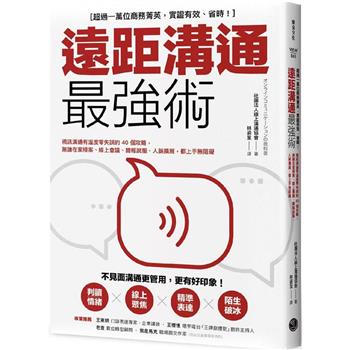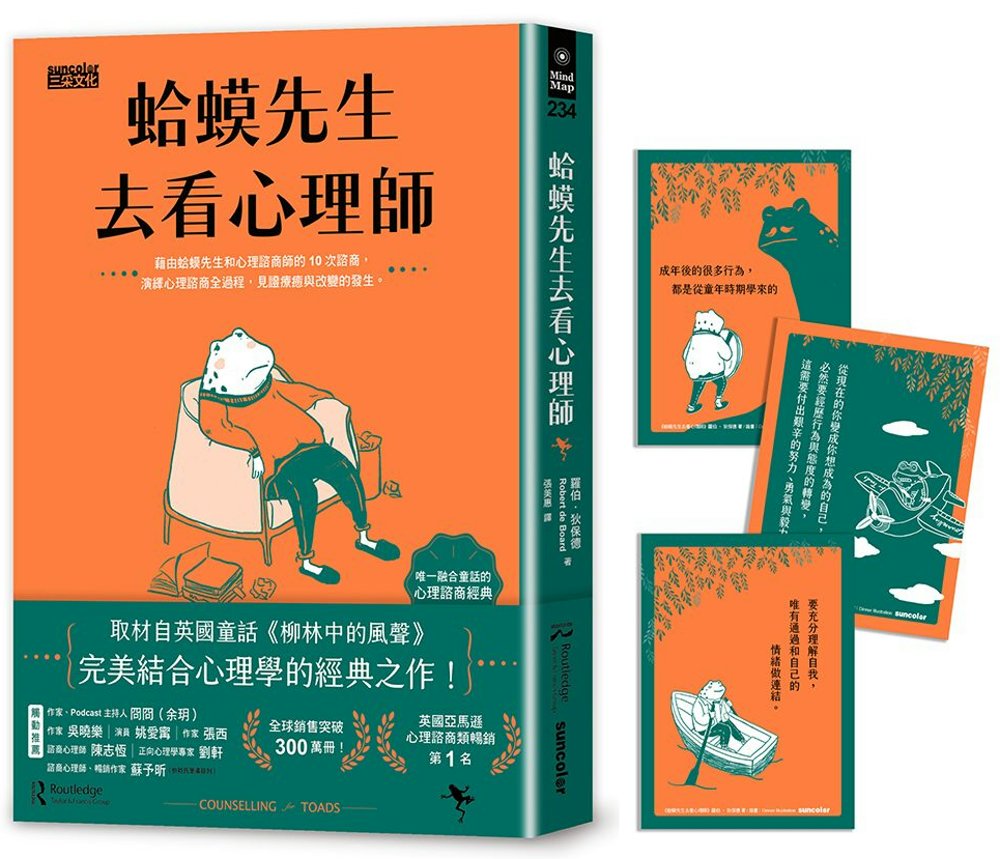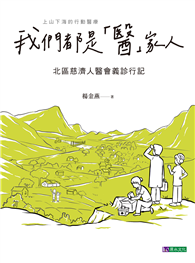According to the Centers for Disease Control and Prevention (CDC), over seven million people in the US alone suffer from severe vision loss or blindness. In the past, low vision was truly a life-altering condition. Those seemingly everyday tasks that were once so simple instead became difficult--whether one had to work, cook, read, drive, go out to shop, or even turn on a light switch, one’s world had been completely turned upside down. Today, however, things have begun to change. With the revolution of Artificial Intelligence (AI) already underway, many of the major barriers caused by diminished or fully lost vision have been lessened or completely eliminated. In Low Vision Matters, authors Laura Stevens and Thomas Blackman provide a comprehensive guide to all the aids and equipment now available--along with important practical advice--to those who are vision-challenged.
The book is divided into two parts. Part One focuses on the day-to-day activities that low vision can affect--from safety in your home or traveling outside, to the handling of finances or one’s home entertainment system. It discusses the latest technologies that can enable a person with eyesight problems to turn on a light, start a dishwasher, or even answer a phone through the use of oral commands--and that’s just the tip of the iceberg. Part Two then provides a breakdown of the various kinds of helpful vision-aid products now available. Because the authors understand the costs involved in purchasing such equipment, they include the names of those organizations and associations in an extensive Resources section along with various other crucial contacts about which those with low vision and their loved ones and caretakers need to know. Times have changed. Low Vision Mattersprovides a wealth of information that can vastly improve the daily life of a person living with vision loss or blindness.| FindBook |
有 1 項符合
Low Vision Matters的圖書 |
 |
Low Vision Matters 作者:Stevens 出版社:Square One Publishers 出版日期:2024-12-18 語言:英文 規格:平裝 / 288頁 / 25.4 x 20.32 x 1.52 cm / 普通級/ 初版 |
| 圖書館借閱 |
| 國家圖書館 | 全國圖書書目資訊網 | 國立公共資訊圖書館 | 電子書服務平台 | MetaCat 跨館整合查詢 |
| 臺北市立圖書館 | 新北市立圖書館 | 基隆市公共圖書館 | 桃園市立圖書館 | 新竹縣公共圖書館 |
| 苗栗縣立圖書館 | 臺中市立圖書館 | 彰化縣公共圖書館 | 南投縣文化局 | 雲林縣公共圖書館 |
| 嘉義縣圖書館 | 臺南市立圖書館 | 高雄市立圖書館 | 屏東縣公共圖書館 | 宜蘭縣公共圖書館 |
| 花蓮縣文化局 | 臺東縣文化處 |
|
|
圖書介紹 - 資料來源:博客來 評分:
圖書名稱:Low Vision Matters
|









